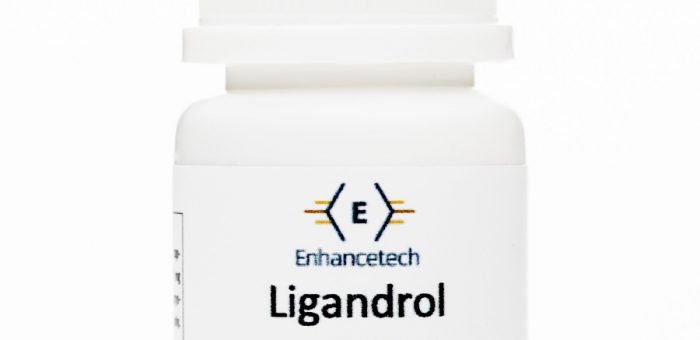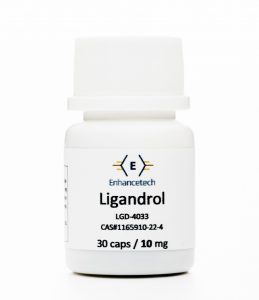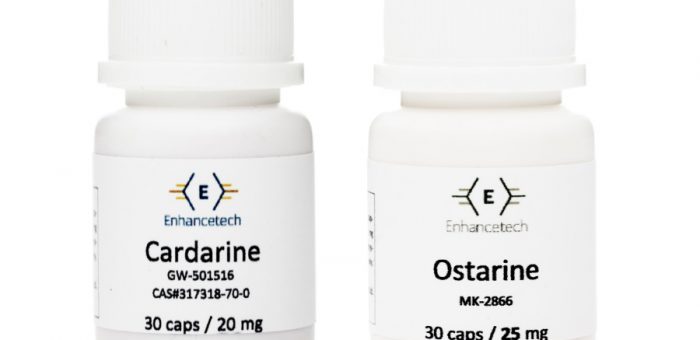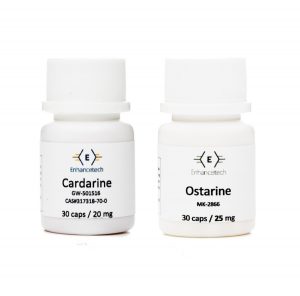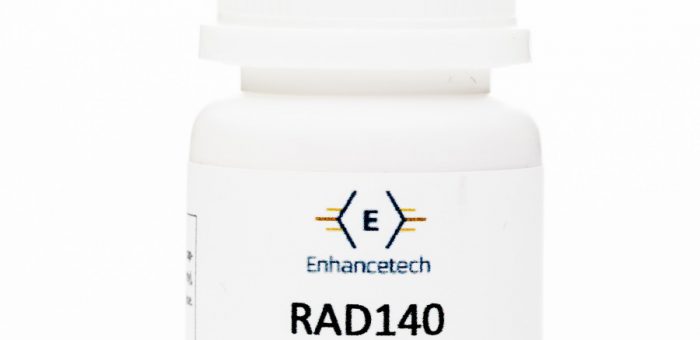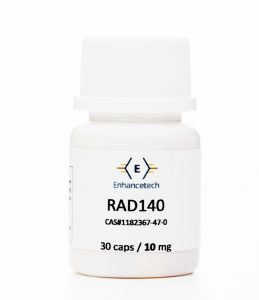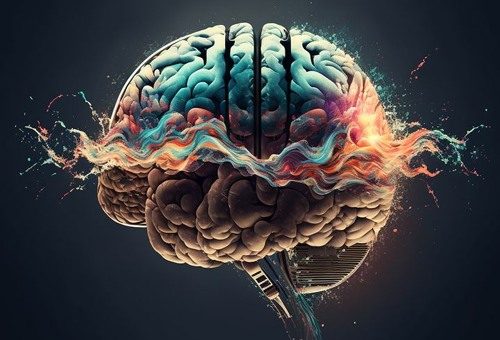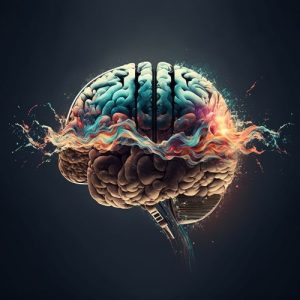Selective Androgen Receptor Modulators have become popular among athletes and bodybuilders for their potential to promote muscle growth and enhance performance. Although SARMs aren’t approved by the FDA for muscle building, many users report significant bulking results with them. Among the most popular SARMs for bulking are MK-677, RAD140, and LGD-4033. Let’s explore how each of these works, their benefits, and what users can expect when adding them to their bulking regimen.
MK-677 (Ibutamoren)
MK-677 mimics ghrelin to stimulate growth hormone release. This boost in growth hormone and IGF-1 (Insulin-Like Growth Factor 1) levels promotes muscle growth and improves body composition, making it highly sought-after in bulking cycles.
Benefits of MK-677 for Bulking:
Increased Muscle Mass: By boosting growth hormone levels, MK-677 promotes muscle protein synthesis, helping users build lean muscle mass over time.
Enhanced Recovery: Growth hormone plays a key role in recovery, which means shorter downtime between workouts and less soreness.
Improved Sleep Quality: Many users report better sleep patterns, which is crucial for recovery and muscle growth.
Increased Appetite: MK-677 can also increase appetite, making it easier for those in a bulking phase to consume the extra calories needed.
Recommended Dosage:
For bulking, doses typically range between 10-25 mg per day. Most users take MK-677 for an 8-12 week cycle for optimal results.
RAD140 (Testolone)
RAD140, or Testolone, is a powerful SARM known for its ability to significantly increase muscle mass and strength. It selectively binds to androgen receptors in the muscle tissue, leading to anabolic effects similar to testosterone but without the same androgenic side effects, such as hair loss or acne.
Benefits of RAD140 for Bulking:
Enhanced Muscle Growth: RAD140 is highly anabolic, leading to faster muscle growth, which makes it ideal for bulking.
Increased Strength: Users often report noticeable improvements in strength and power, allowing for heavier lifts and more intense workouts.
Fat Loss While Bulking: RAD140 helps to increase lean muscle mass while reducing fat, making it an effective choice for clean bulking.
Recommended Dosage:
Doses for RAD140 typically range between 10-20 mg per day, with an 8-12 week cycle being common among users.
LGD-4033 (Ligandrol)
LGD-4033, also known as Ligandrol, is another popular SARM for bulking. Like RAD140, it is highly anabolic and binds selectively to androgen receptors in muscle tissue, promoting muscle growth without many of the side effects associated with steroids.
Benefits of LGD-4033 for Bulking:
Rapid Muscle Gains: LGD-4033 is effective at increasing muscle mass quickly, which makes it ideal for those looking for fast results.
Strength Gains: Users typically report significant strength gains, making it easier to progress in weight training.
Improved Recovery and Endurance: It also enhances recovery and allows for more intense and prolonged training sessions.
Recommended Dosage:
For bulking purposes, a typical dose ranges between 5-10 mg per day, with 8-12 weeks being the standard cycle length.
Many experienced users stack SARMs like RAD140 and LGD-4033 together to maximize muscle gains. Adding MK-677 to the stack can also promote recovery and growth hormone production, creating a powerful bulking stack. However, stacking SARMs increases the likelihood of side effects, so it’s important to monitor the body’s response carefully.
Final Thoughts on SARMs for Bulking
SARMs like MK-677, RAD140, and LGD-4033 offer significant advantages for those looking to increase muscle mass, strength, and performance in a bulking cycle. Their selective action minimizes some side effects associated with anabolic steroids, but users should still approach them with caution. Proper dosing, cycle length, and post-cycle therapy are crucial to maximizing gains and maintaining overall health.

